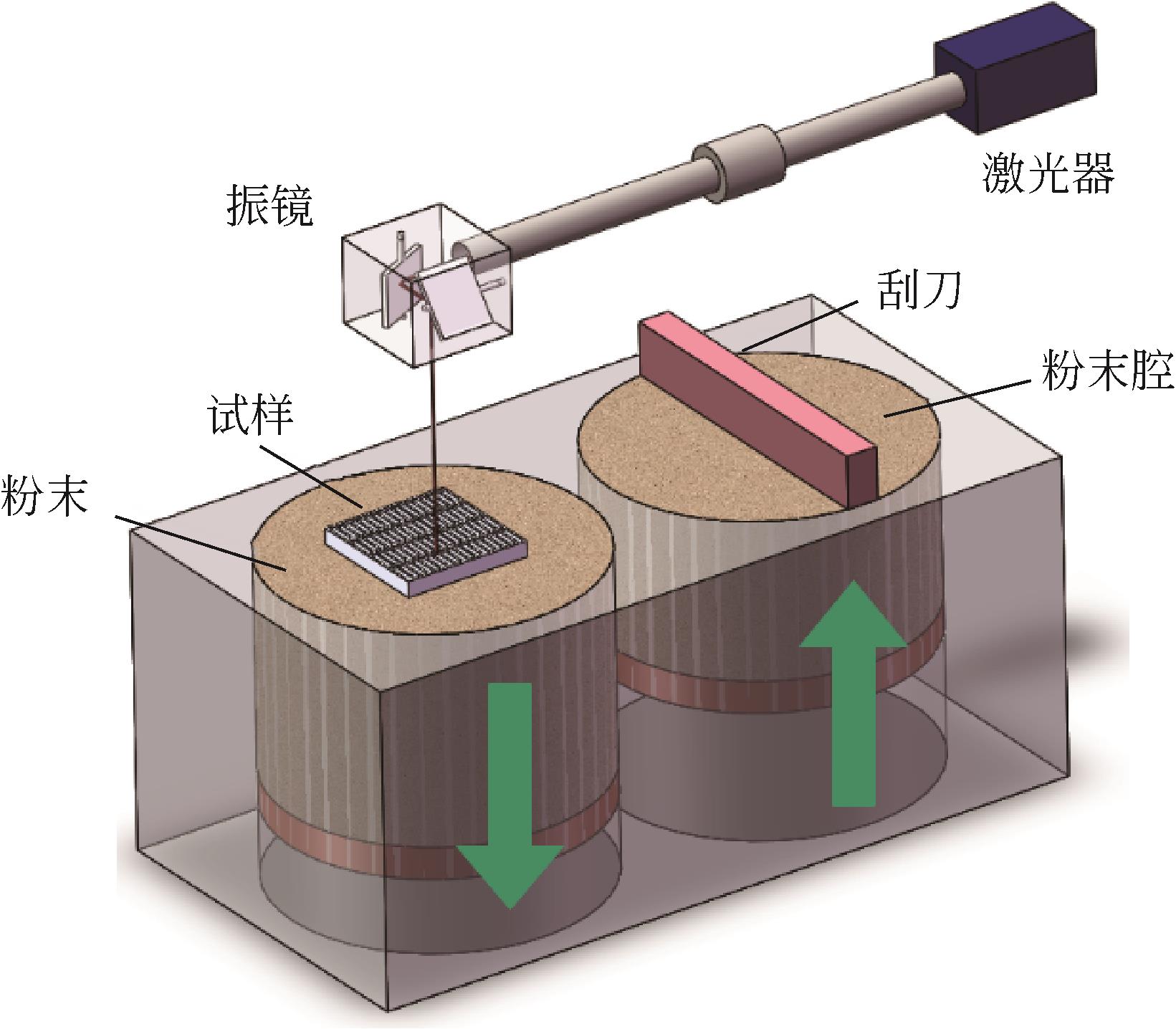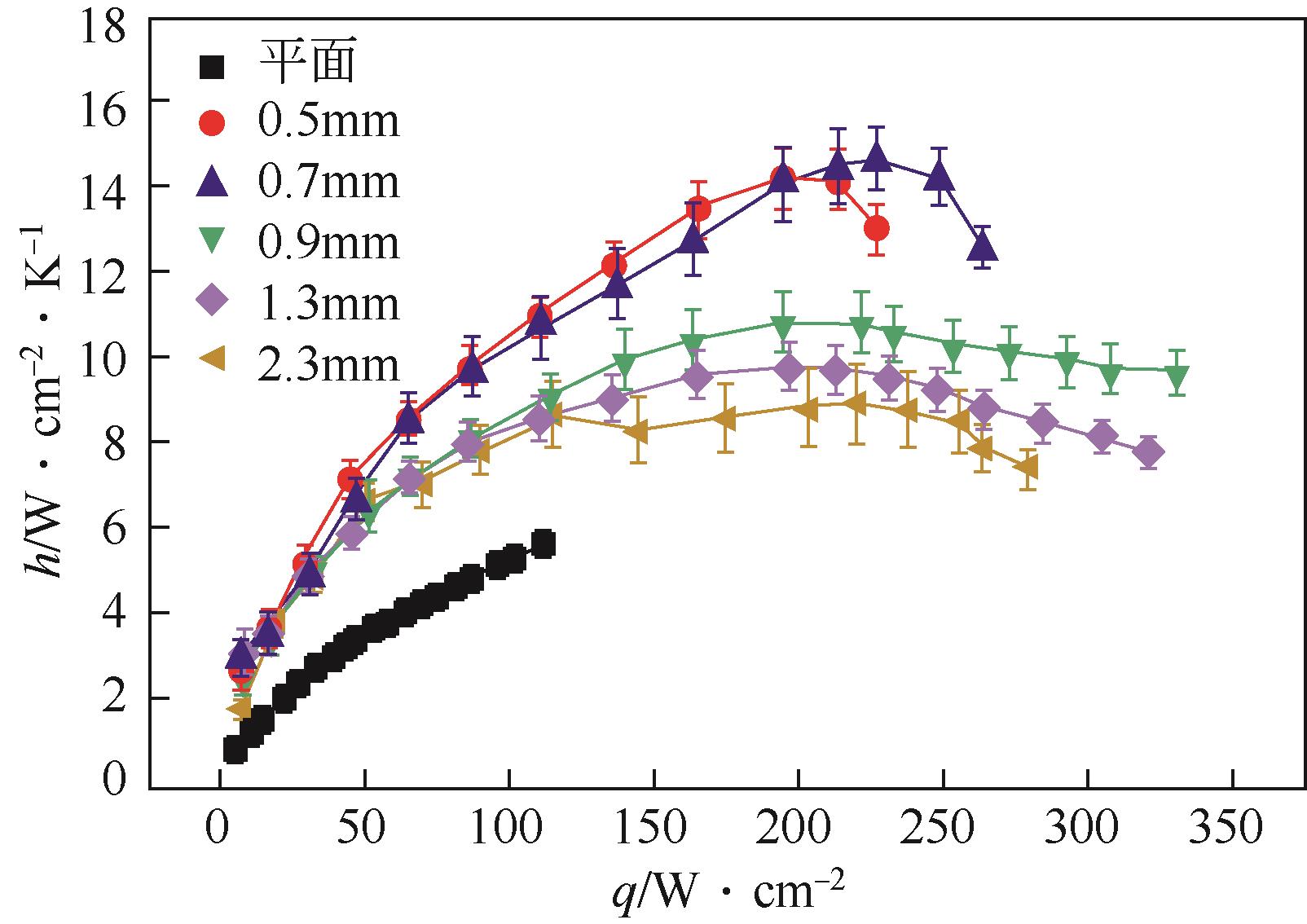| 1 |
BHAVNANI S, NARAYANAN V, QU W L, et al. Boiling augmentation with micro/nanostructured surfaces: Current status and research outlook[J]. Nanoscale and Microscale Thermophysical Engineering, 2014, 18(3): 197-222.
|
| 2 |
LEONG K C, HO J Y, WONG K K. A critical review of pool and flow boiling heat transfer of dielectric fluids on enhanced surfaces[J]. Applied Thermal Engineering, 2017, 112: 999-1019.
|
| 3 |
LI W, DAI R K, ZENG M, et al. Review of two types of surface modification on pool boiling enhancement: passive and active[J]. Renewable and Sustainable Energy Reviews, 2020, 130: 109926.
|
| 4 |
KIM D E, YU D I, JERNG D W, et al. Review of boiling heat transfer enhancement on micro/nanostructured surfaces[J]. Experimental Thermal and Fluid Science, 2015, 66: 173-196.
|
| 5 |
LITER S G, KAVIANY M. Pool-boiling CHF enhancement by modulated porous-layer coating: Theory and experiment[J]. International Journal of Heat and Mass Transfer, 2001, 44(22): 4287-4311.
|
| 6 |
COOKE D, KANDLIKAR S G. Effect of open microchannel geometry on pool boiling enhancement[J]. International Journal of Heat and Mass Transfer, 2012, 55(4): 1004-1013.
|
| 7 |
GHEITAGHY A M, SAMIMI A, SAFFARI H. Surface structuring with inclined minichannels for pool boiling improvement[J]. Applied Thermal Engineering, 2017, 126: 892-902.
|
| 8 |
RAHMAN M M, POLLACK J, MCCARTHY M. Increasing boiling heat transfer using low conductivity materials[J]. Scientific Reports, 2015, 5: 13145.
|
| 9 |
KIBUSHI R, YUKI K, UNNO N, et al. Enhancement of the critical heat flux of saturated pool boiling by the breathing phenomenon induced by lotus copper in combination with a grooved heat transfer surface[J]. International Journal of Heat and Mass Transfer, 2021, 179: 121663.
|
| 10 |
WONG M, TSOPANOS S, SUTCLIFFE C J, et al. Selective laser melting of heat transfer devices[J]. Rapid Prototyping Journal, 2007, 13(5): 291-297.
|
| 11 |
WONG M, OWEN I, SUTCLIFFE C J, et al. Convective heat transfer and pressure losses across novel heat sinks fabricated by Selective Laser Melting[J]. International Journal of Heat and Mass Transfer, 2009, 52(1/2): 281-288.
|
| 12 |
JAFARI D, WITS W W. The utilization of selective laser melting technology on heat transfer devices for thermal energy conversion applications: a review[J]. Renewable and Sustainable Energy Reviews, 2018, 91: 420-442.
|
| 13 |
BIAN H Z, KURWITZ C, SUN Z M, et al. Enhanced nucleate boiling on 3D-printed micro-porous structured surface[J]. Applied Thermal Engineering, 2018, 141: 422-434.
|
| 14 |
PI G, DENG D X, CHEN L, et al. Pool boiling performance of 3D-printed reentrant microchannels structures[J]. International Journal of Heat and Mass Transfer, 2020, 156: 119920.
|
| 15 |
ZHANG C, ZHANG L, XU H, et al. Performance of pool boiling with 3D grid structure manufactured by selective laser melting technique[J]. International Journal of Heat and Mass Transfer, 2019, 128: 570-580.
|
| 16 |
LIU H L, ZHANG C, WANG J, et al. Critical heat flux enhancement using composite porous structure produced by selective laser melting[J]. Applied Thermal Engineering, 2021, 197: 117396.
|
| 17 |
李培, 钱波, 张池, 等. 选择性激光熔化成形点阵结构及其沸腾传热特性[J]. 化工进展, 2019, 38(7): 3028-3037.
|
|
LI P, QIAN B, ZHANG C, et al. Selective laser melting forming lattice structures and their boiling heat transfer characteristics[J]. Chemical Industry and Engineering Progress, 2019, 38(7): 3028-3037.
|
| 18 |
JAIKUMAR A, KANDLIKAR S G. Pool boiling enhancement through bubble induced convective liquid flow in feeder microchannels[J]. Applied Physics Letters, 2016, 108(4): 041604.
|
| 19 |
JUN S, KIM J, SON D, et al. Enhancement of pool boiling heat transfer in water using sintered copper microporous coatings[J]. Nuclear Engineering and Technology, 2016, 48(4): 932-940.
|
| 20 |
ROHSENOW W M. A method of correlating heat-transfer data for surface boiling of liquids[J]. Journal of Fluids Engineering, 1952, 74(6): 969-975.
|
| 21 |
ZUBER N. Hydrodynamic aspects of boiling heat transfer[D]. California, Los Angeles: University of California, 1959.
|
| 22 |
PASTUSZKO R. Pool boiling for extended surfaces with narrow tunnels—Visualization and a simplified model[J]. Experimental Thermal and Fluid Science, 2012, 38: 149-164.
|
| 23 |
GUO C H, HU X G, WU L Y, et al. Analysis of micro vapor bubble growing process in open capillary microgrooves[J]. Heat Transfer Engineering, 2011, 32(7/8): 575-584.
|
| 24 |
COLE R. Bubble frequencies and departure volumes at subatmospheric pressures[J]. AIChE Journal, 1967, 13(4): 779-783.
|
| 25 |
LI C H, RIOUX R P. Independent and collective roles of surface structures at different length scales on pool boiling heat transfer[J]. Scientific Reports, 2016, 6: 37044.
|
| 26 |
MORI S, OKUYAMA K. Enhancement of the critical heat flux in saturated pool boiling using honeycomb porous media[J]. International Journal of Multiphase Flow, 2009, 35(10): 946-951.
|
| 27 |
ELKHOLY A, KEMPERS R. Enhancement of pool boiling heat transfer using 3D-printed polymer fixtures[J]. Experimental Thermal and Fluid Science, 2020, 114: 110056.
|
| 28 |
LI Q F, LAN Z, CHUN J, et al. Composite porous surfaces of microcavities for enhancing boiling heat transfer[J]. International Journal of Heat and Mass Transfer, 2021, 177: 121513.
|
| 29 |
JAIKUMAR A, KANDLIKAR S G. Ultra-high pool boiling performance and effect of channel width with selectively coated open microchannels[J]. International Journal of Heat and Mass Transfer, 2016, 95: 795-805.
|
 ), GU Zhonghao, YANG Kang, ZHANG Li(
), GU Zhonghao, YANG Kang, ZHANG Li( )
)










